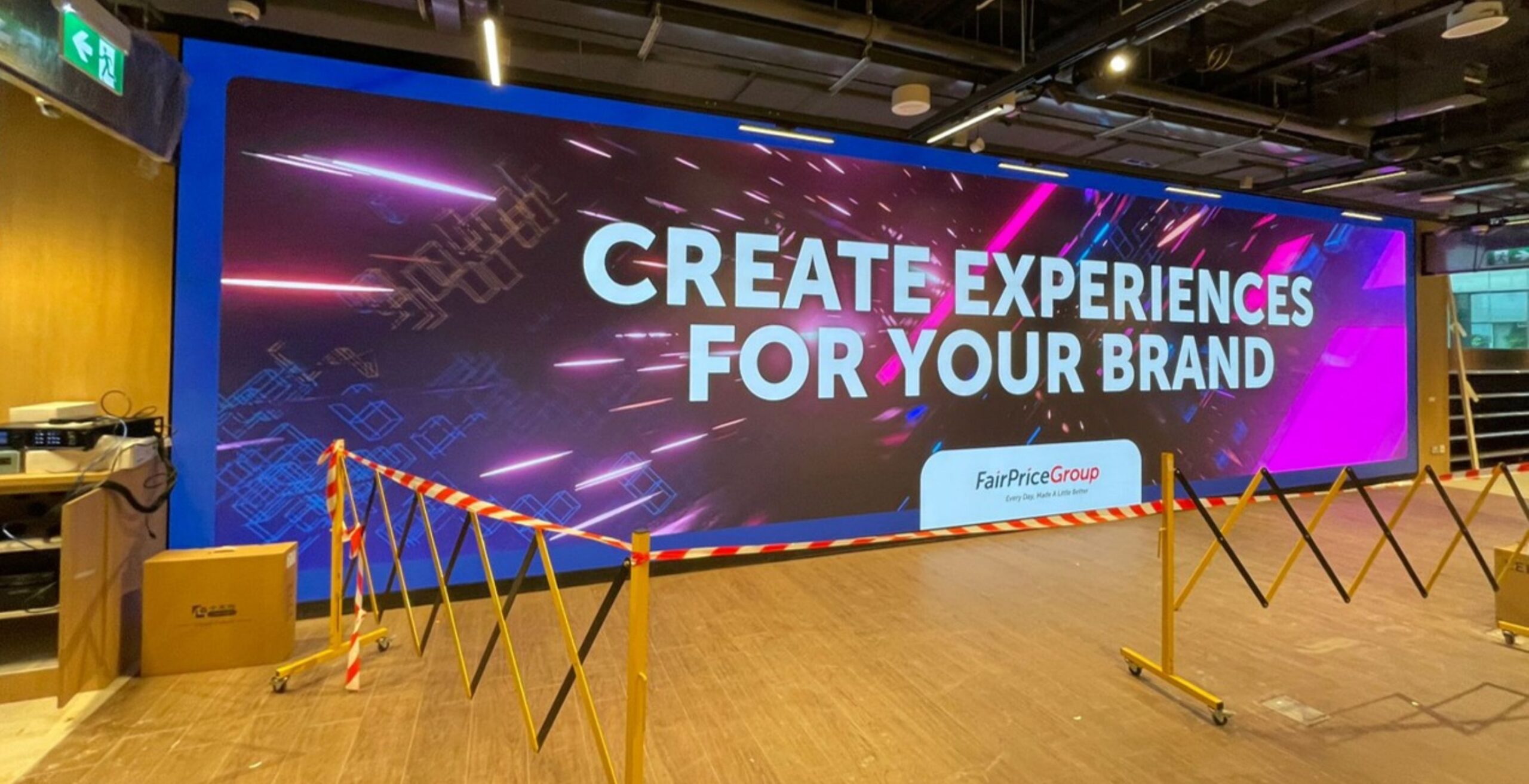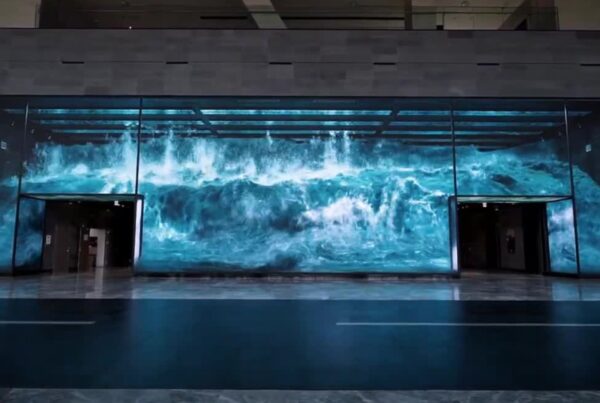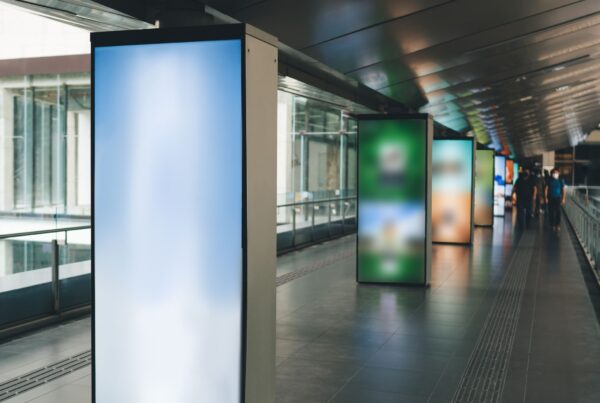In today’s fast-paced, visually driven world, businesses are constantly looking for ways to capture attention and build stronger connections with their audiences. One of the most effective tools for achieving this is digital signage. Unlike traditional static signs, digital displays allow brands to communicate dynamically, interactively, and in real time, creating a more engaging experience that resonates with customers.
Storytelling Through Screens
At the heart of digital signage is its ability to tell stories. Whether through short videos, social media feeds, or live updates, brands can convey messages in ways that static signage cannot. For example, a retail store can showcase a product in action through a short video, demonstrating features and benefits within seconds. Similarly, a restaurant can display live promotions, customer reviews, or behind-the-scenes clips, giving patrons a sense of personality and transparency. By presenting content in a narrative format, businesses are able to create emotional connections with their audience, making interactions more memorable and meaningful.
Dynamic Content Versus Static Signage
One of the biggest advantages of digital signage is its ability to update content instantly, in contrast to static signs which are fixed and unchanging. Dynamic content can respond to the time of day, special promotions, or current events, making the message more relevant and timely. For instance, a mall could display a morning coffee promotion in the early hours, switch to lunchtime offers at noon, and highlight evening entertainment options later in the day. This adaptability keeps the audience interested and encourages repeat engagement, as the content is fresh and tailored to the moment. In contrast, static signage is limited to a single message and quickly becomes background noise, failing to capture sustained attention.
Tips for Creating Impactful Campaigns
To maximize the impact of digital signage, brands should focus on several key strategies. First, clarity is essential: messages should be concise, visually appealing, and easy to digest within seconds. Second, leverage motion and interactivity: videos, animations, and interactive touchpoints increase engagement and draw viewers in. Third, consistency matters: visual identity, tone, and messaging should align with overall brand strategy to reinforce recognition and trust. Finally, utilize real-time updates and analytics: monitor what content performs best and adjust campaigns accordingly. By combining creativity with data-driven insights, businesses can craft campaigns that captivate audiences and strengthen brand loyalty.
Digital signage is more than just a modern replacement for posters and banners. It is a versatile communication tool that allows brands to tell stories, engage audiences dynamically, and adapt to changing circumstances in real time. By embracing video content, social media integration, and live updates, and by carefully designing campaigns that are clear, interactive, and consistent, businesses can enhance brand engagement and leave a lasting impression on their customers. In an age where attention is fleeting, digital signage provides the opportunity to connect, inspire, and build meaningful relationships with every viewer.



